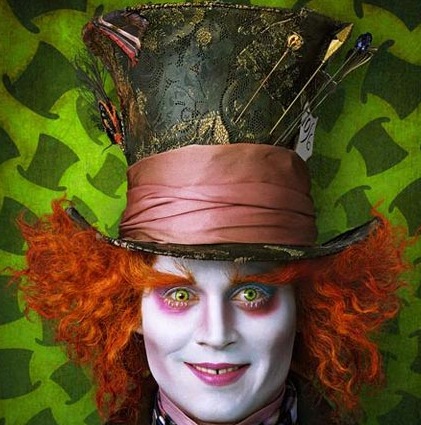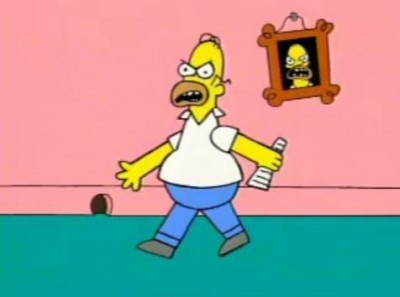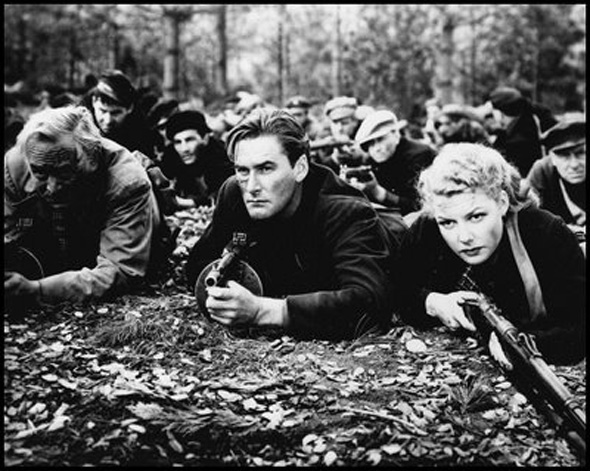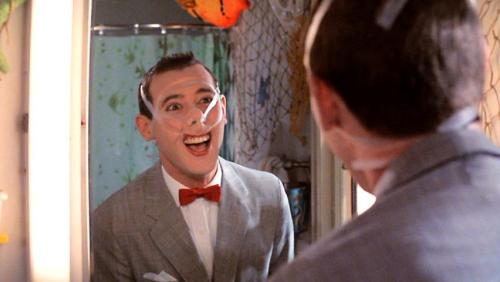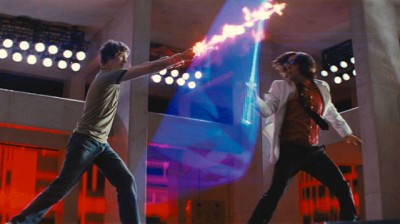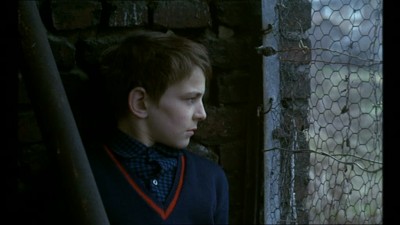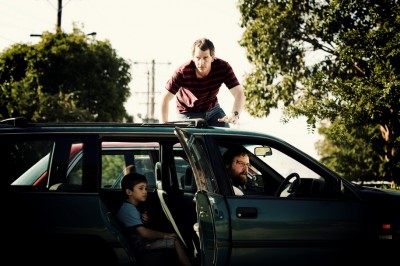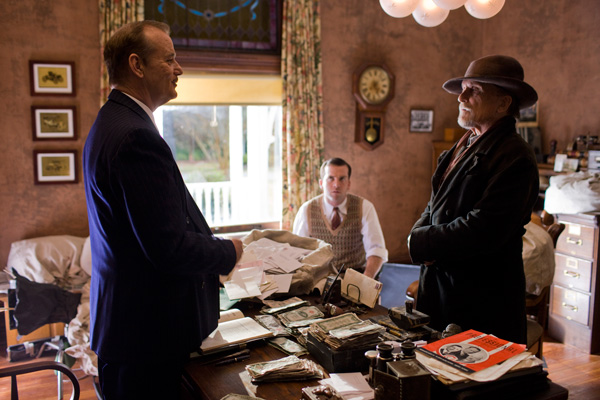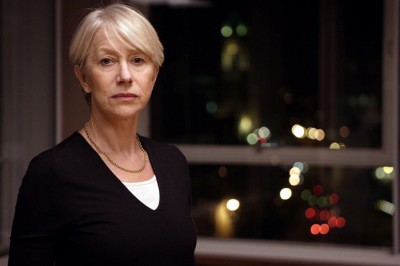
Detective Chief Inspector Jane Tennison is an intense, driven, flawed alcoholic who meets sexism and harassment on the job with determination and a sense of political saavy. Not only is she technically shrewd, she is also a fine, highly intuitive detective who feels her way toward the truth, occasionally stumbling over her personal and professional faults - all of which make her one of the most convincing and indelible fictional detectives ever portrayed. Through the seven installments of Prime Suspect, Helen Mirren shapes this complex character, making an equally exorbitant investment in Tennison's self-destructive tendencies and her talent for police work.
This series of seven long, multi-part films, originally broadcast on ITV in the UK and on PBS's Masterpiece Theatre here in the US, comprise no less than some of the finest crime drama ever televised. Although there are traces of the great British traditions of crime fiction here and there, Prime Suspect has a distinctive style marked by a focus on character and dire, bleak atmospherics. Gray skies, concrete police buildings and housing estates, and the fluorescent lights of cheap offices and municipal morgues are the visual signals that tell us we're neck-deep in police work. Yet it's a far more grim and realistic look than the brighter colors of, say, Law and Order.
But the real distinguishing features of all seven series of Prime Suspect are the writing and the acting. Creator Lynda La Plante wrote the first and third installments, establishing the major characters and tone of the show. Tennison is an outsider, a woman working in a man's world, a fact that drives her professional successes just as it contributes to regular flare-ups of her personal flaws. Particularly during the earlier series, Tennison is beset by a variety of forces that plague her career, originating in the criminal world and among her own colleagues. Prime Suspect's second major character, appearing in the first, third, and seventh series, is Tennison's chief antagonist and colleague, Detective Sergeant Bill Otley, played with a cadaverous, withering smarminess by Tom Bell. Sexist, treacherous, and threatened by Tennison's talent, Otley works hard through the first and third series to discredit Tennison, hoping to have her removed from his supervision. Otley's adversarial - and, at times, outright illegal - behavior drives Tennison to further excel at her job - and to drink excessively off-duty. Her relationships with men, at times healthy and at times not, are always short-lived, thanks to her professional commitment and dependence upon booze.
Mirren and Bell are joined by a parade of fine actors in roles both large and small. Tom Wilkinson appears in the first series as Tennison's kind but ultimately defeated boyfriend. Ralph Fiennes is in it as well, but too briefly to merit the placement his name receives on the DVD packaging. The third series alone includes performances by David Thewlis, Ciaran Hinds, Mark Strong, and Jonny Lee Miller. Frank Finlay appears in the last two installments as Tennison's father. In short, much of the first rank of contemporary British actors makes their way through the series at some point.
The storylines of each installment of Prime Suspect are consistently compelling and often genuinely unpredictable, particularly by the standards of the average crime drama. The first series begins with a relatively straightforward rape and murder, but the suspect is anything but usual: when Tennison first catches up with George Marlow (played by John Bowe), his guilt is anything but clear. We are unsure whether Marlow is the killer, or if Tennison's ambition has gotten the better of her. In addition to the usual murder or two, future series attack pressing and touchy social issues such as racism, child prostitution, drugs and gangs, and war crimes stemming from the Yugoslav Wars of the 1990s. In each case, plots move swiftly and are often ingeniously constructed. Only very occasionally do the machinations of the mystery genre reveal their cogs and wheels.
But the real heart and soul of Prime Suspect is Mirren as Jane Tennison. It's the tension she generates as an unpredictable but brilliant loose cannon that keeps us riveted to each and every minute of this outstanding series. Tennison's flaws - her alcoholism, occasional irrationality, and her struggle with double-edged "female" instincts - keep the character on the fence, hovering between blockbuster success and the danger of failure. We can't always predict that she'll do the right thing - and even when she chooses the proper path, her behavior upon it can be reckless and self-destructive in the pursuit of solving a case, proving a point, or simply spiting antagonistic colleagues such as the intolerant and dangerous Otley. In maintaining our interest in Tennison, her missteps are as important as her wiser maneuvers. They keep her human, plausible, and accessible.



